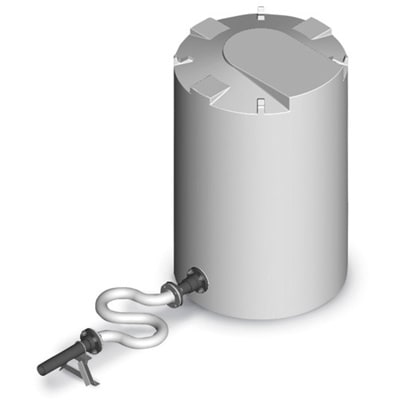nikolastrojman
Industrial
- Jul 17, 2007
- 67
Hi!
Does anyone have experience with allowable nozzle loads of tanks made of plastic i.e. polyethylene?
I'm trying to find any reference in literature, standards, and norms that could put me on the right track.
I need to do a stress analysis for a couple of DN100 stainless steel pipes connected to PE tank nozzles and input that the allowable bending moment is 30Nm and the torsion moment 200Nm.
The problem is this 30Nm of allowable bending moment which I think is very difficult to satisfy. The question is how to properly model this steel/PE nozzle interface in the first place i.e. this plastic nozzle is not stiff as in the case of steel tanks.
Any help would be appreciated.
Does anyone have experience with allowable nozzle loads of tanks made of plastic i.e. polyethylene?
I'm trying to find any reference in literature, standards, and norms that could put me on the right track.
I need to do a stress analysis for a couple of DN100 stainless steel pipes connected to PE tank nozzles and input that the allowable bending moment is 30Nm and the torsion moment 200Nm.
The problem is this 30Nm of allowable bending moment which I think is very difficult to satisfy. The question is how to properly model this steel/PE nozzle interface in the first place i.e. this plastic nozzle is not stiff as in the case of steel tanks.
Any help would be appreciated.

